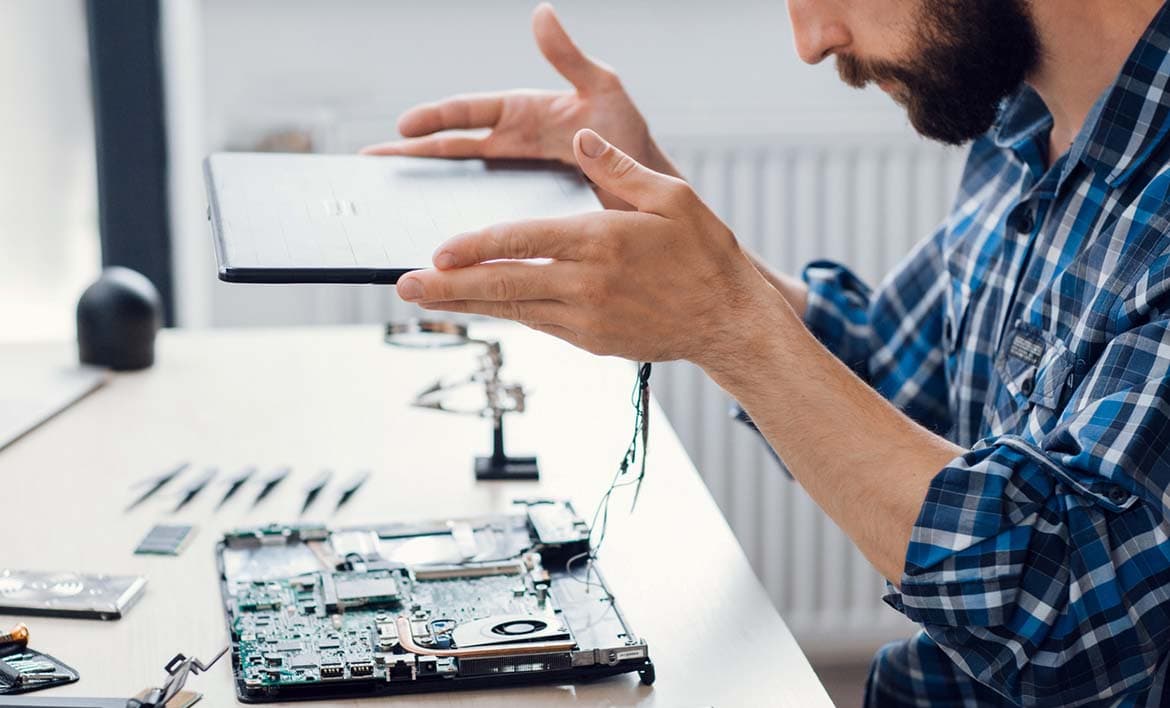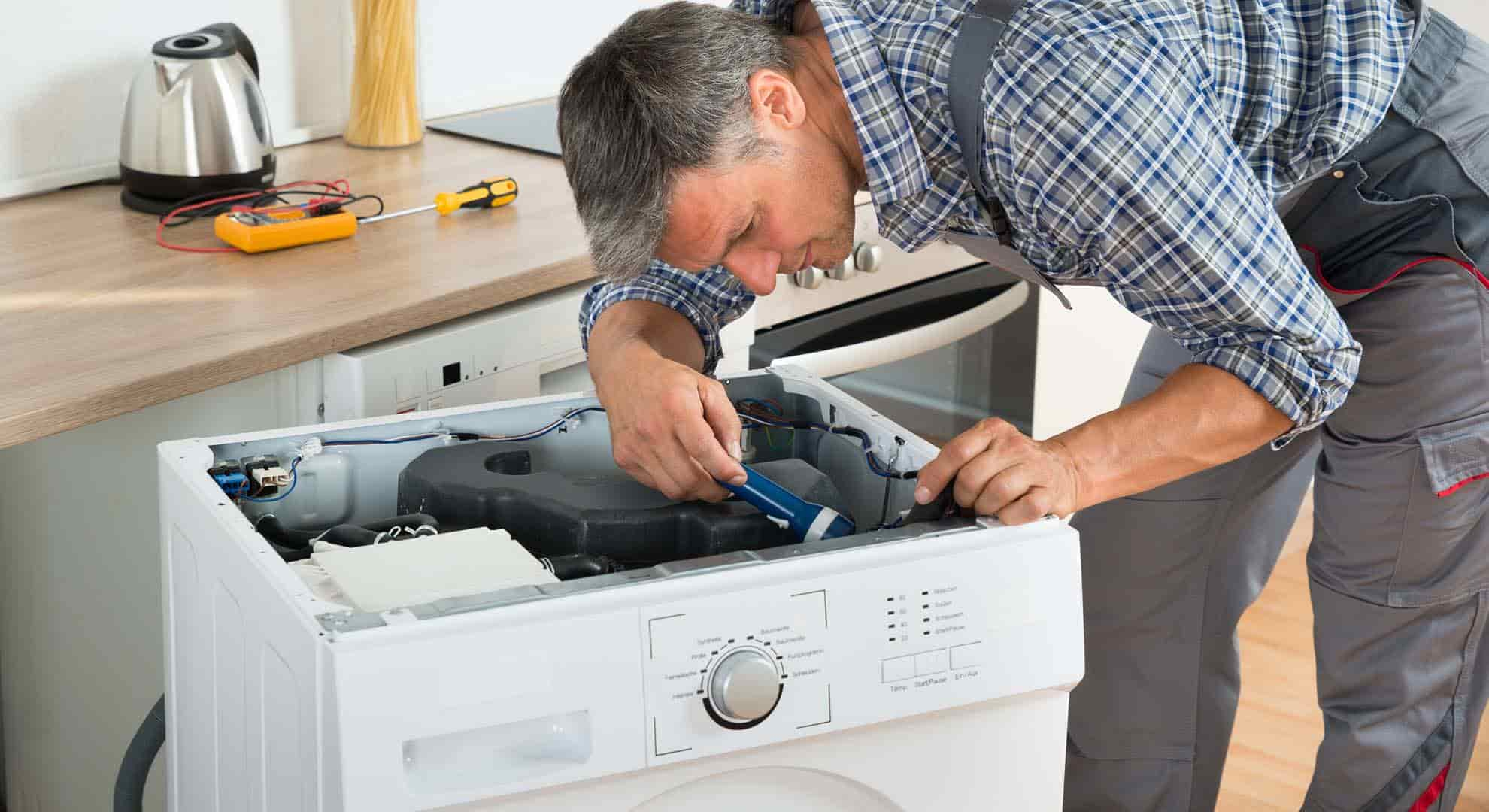Recycling is extremely important, but it’s only one part of the circular economy.
Many people think of the circular economy as ‘just getting better at recycling’, though it goes much further than this. It’s about thinking about how waste can be designed out of products and processes in the first place, or indeed reused as a raw material for making new products.
Zero Waste Scotland helps individuals, businesses and communities to reduce waste, recycle more and use resources sustainably. We deliver a range of support programmes, campaigns and other interventions to help people and organisations on the journey to zero waste.
Recycling
Recycling is a necessary component of a circular economy, but it should only be considered when there are no other alternatives for reuse, remanufacture or repair.
This is the basic premise of the waste hierarchy, which prioritises the most effective solutions to waste management.
Recycling is better for the environment than sending our rubbish to landfill, but it still creates carbon emissions through the recycling process. The best thing we can do is to first reduce the number of products we consume and reuse what we already have.
Recycling should only be considered when there are no other alternatives for reuse, remanufacture or repair.
Share on
Reuse and Repair
Reuse and repair are essential in the development of Scotland’s circular economy.
Although often confused, reuse and recycling are not the same. The reuse of products and materials is more beneficial as it retains a product’s inherent value by keeping it in use for longer. This minimises waste, creates jobs, has a positive social impact and reduces consumption and associated carbon impacts.
Reuse can be at a product or component level however its core consequence is maintaining products within their primary function for which they were designed. This can be achieved either through direct reuse or supported through refurbishment, repairs and upgrades (preparation for reuse).

What are the opportunities?
The Reuse Sector in Scotland is already worth approximately £244 million per annum to the Scottish economy, reusing around 89,000 tonnes of material and employing over 6,000 people. The potential exists, however, to do so much more.
Zero Waste Scotland’s research into reuse in Scotland suggests that up to 150,000 tonnes of reusable materials are currently either being disposed of or otherwise being sent to lower-value recycling.
Capturing just one-quarter of these additional materials could benefit the Scottish economy by a further £104 million per year and generate an extra 3,000 full-time jobs*.
*Scottish Re-use Mapping and Sector Analysis 2014.
Reuse and repair business models
To increase the rate of reuse for products and their components there is a need to stimulate demand for them from within the supply chain, and ultimately from consumers.
- Incentivised return - offering a financial incentive for the return of ‘used’ products so that products can be refurbished and re-sold.
- Asset management - maximising product lifetime and minimising new purchases through tracking your assets and planning what can be re-used, repaired or redeployed at a different site.
Reuse has a key role to play in Scotland’s economy and environment, helping us get better value from products by moving away from the model of buying items and throwing them away after little use.
Building the sector in Scotland will be essential in preventing perfectly usable items from going to landfill, benefiting the environment, and relieving pressure on scarce raw materials while creating local jobs.

